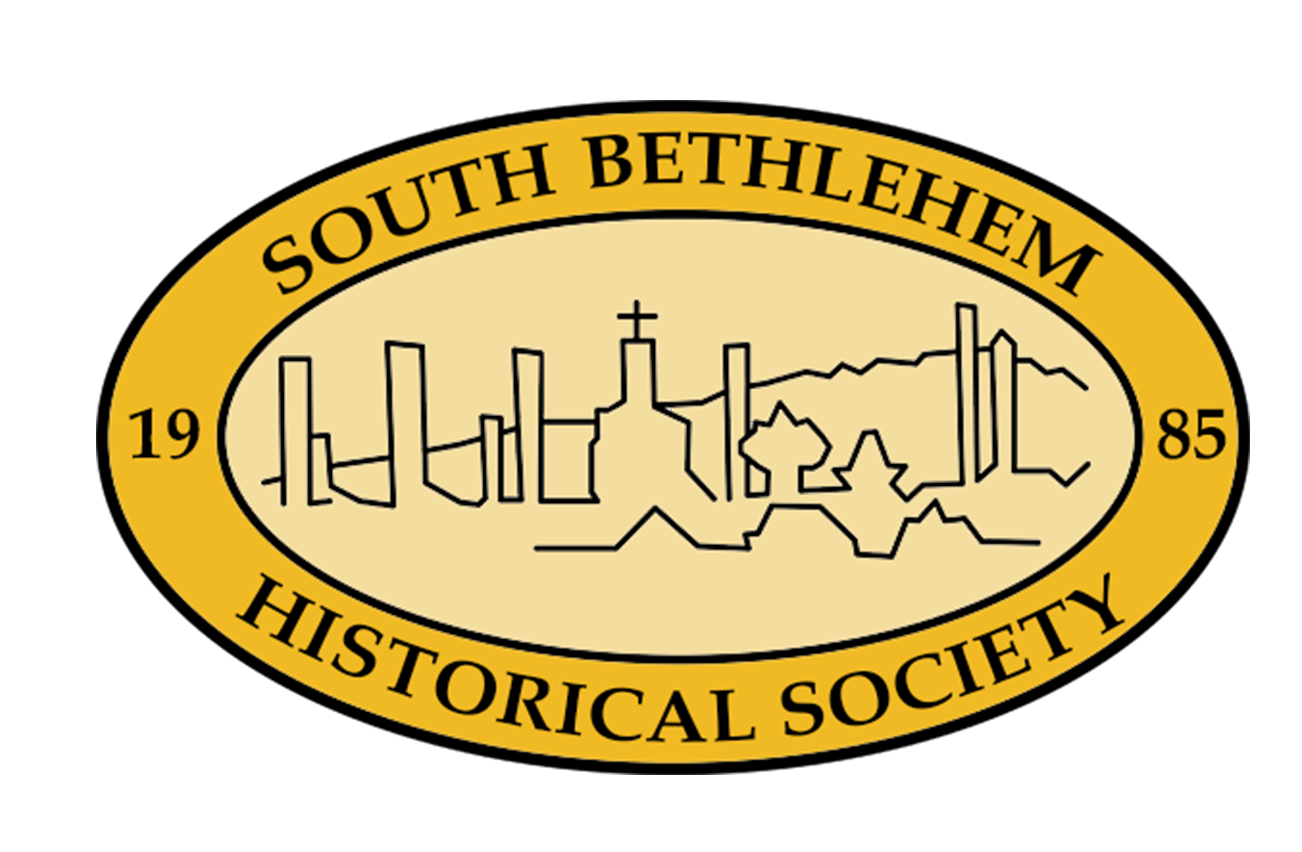In spring of 1865, the American Civil War finally came to an end. Crowds of townsfolk lined Main St. in Bethlehem, Pennsylvania and welcomed home their native sons who had fought so valiantly.
During the summer of that year, the village of Bethlehem South received its incorporation as the Borough of South Bethlehem. On South Mountain, Asa Packer founded a polytechnic college he named “Lehigh University.”
Before the Civil War in 1853, South Bethlehem achieved industrial importance through the efforts of Samuel Wetherill, who built the Pennsylvania and Lehigh Zinc Company along the Lehigh River.
In 1855, Asa Packer’s Lehigh Valley Railroad arrived in South Bethlehem with passenger service between Mauch Chunk and Easton. The railroad was instrumental in the delivery of anthracite from northern coal regions to Philadelphia and New York markets.
The need for high-quality rails positioned the Bethlehem Iron Company in full blast by 1863, managed by ironmaster, John Fritz, whose innovative advancement forged iron production to steel.
With every ensuing year, waves of ethnic immigrant labor found employment in the production of steel, and as South Bethlehem’s population increased, so did the establishment of working class neighborhoods and churches.
Affluent investors and executives on Fountain Hill lived in sharp contrast to the thousands of skilled immigrant workers who labored in the steel mill, the cigar factories and the silk mills in South Bethlehem.
In 1904, this patchwork of industry and labor attracted Charles M. Schwab to South Bethlehem. He purchased the iron company and revamped it into the Bethlehem Steel Corporation. Under his leadership, South Bethlehem prospered through government contracts awarded to Bethlehem Steel for armor plate and war ordinance.
This combination of education, vision, capital and toil created an industrial revolution that would not only affect the future of South Bethlehem, but also the greater Lehigh Valley—and the World.
